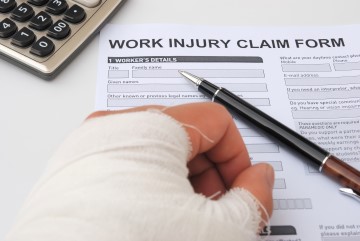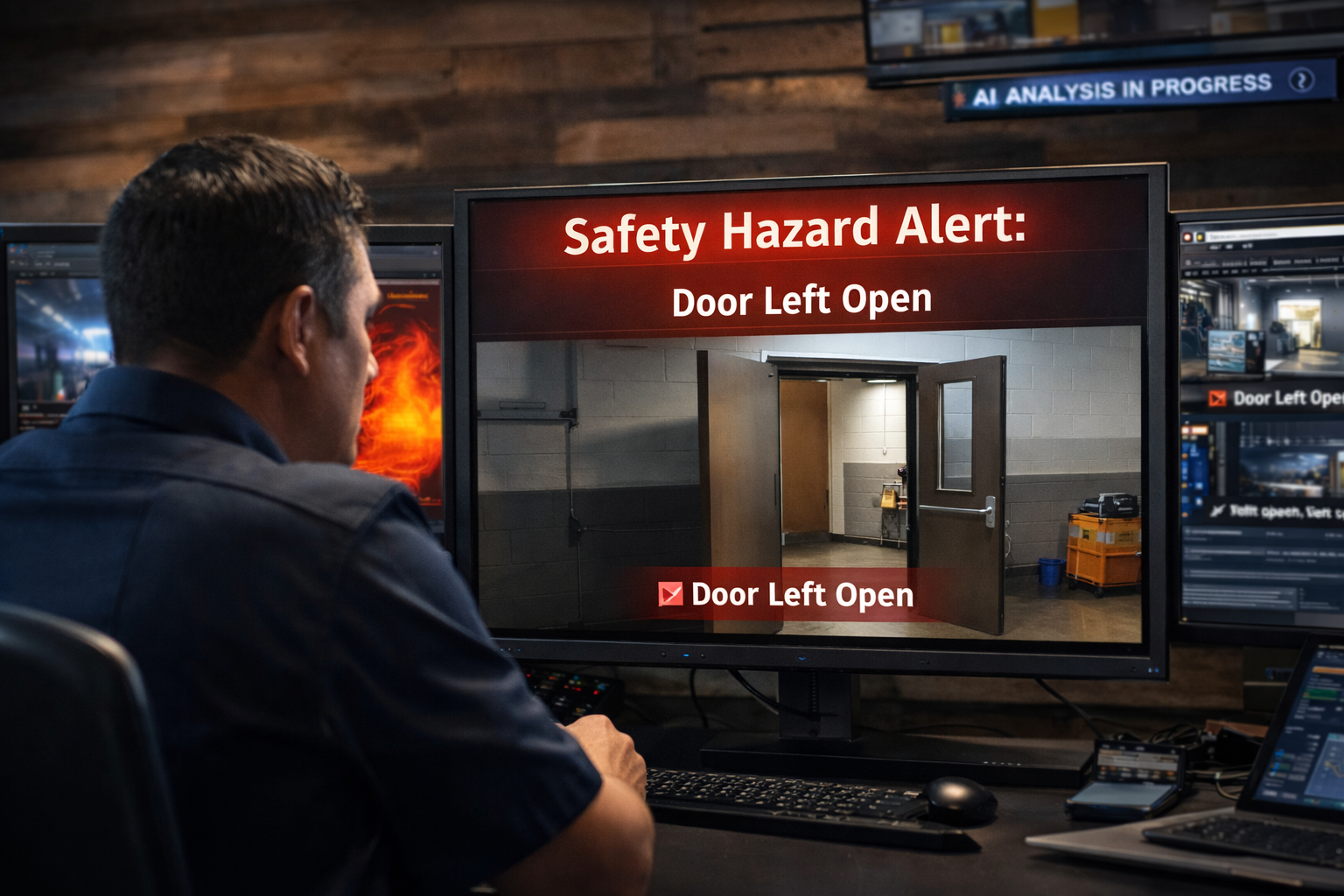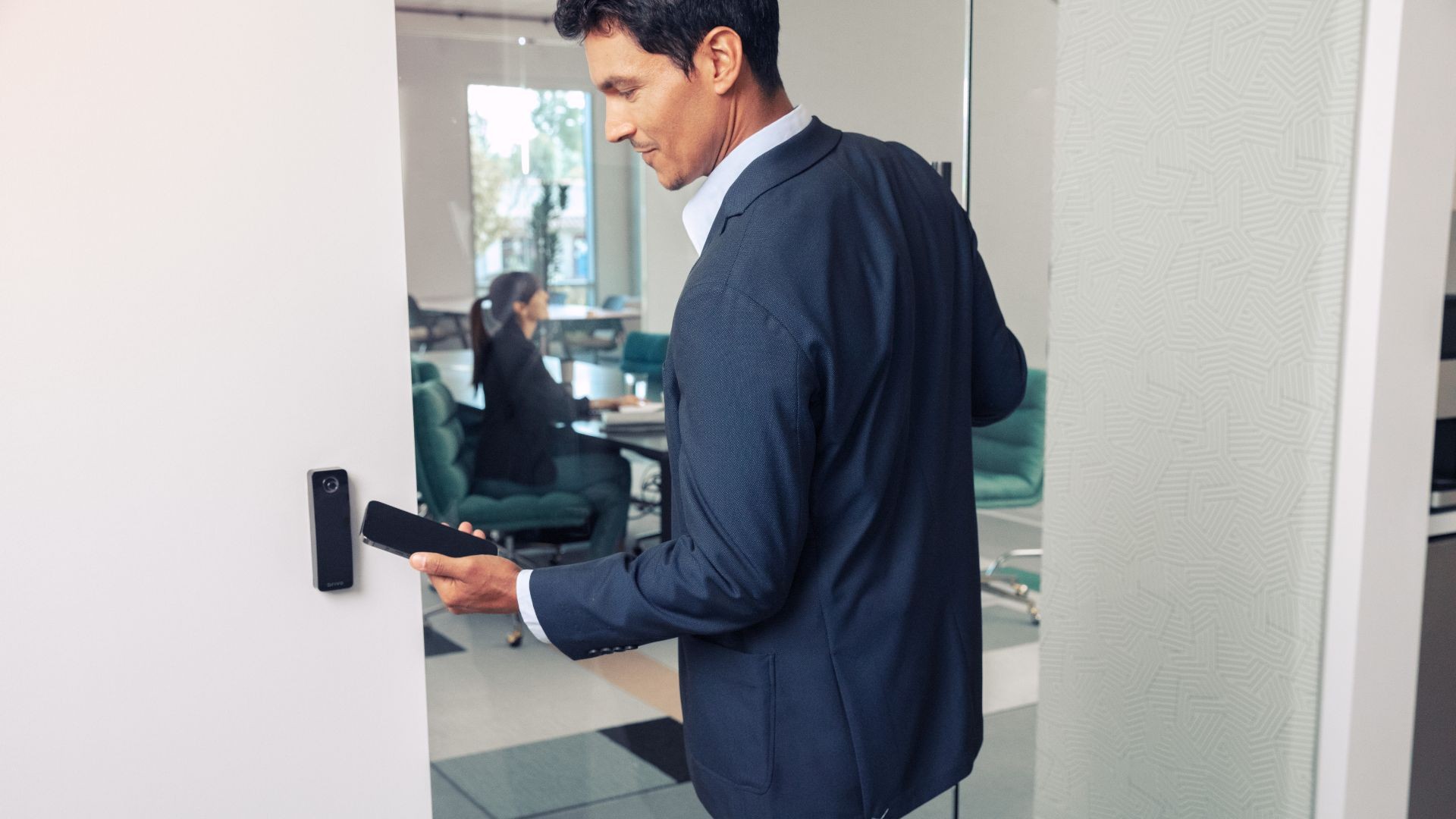In August, a Florida woman was arrested on two counts of workers’ compensation fraud, after an investigation determined her workplace injury was not caused by a freak accident, as she had claimed.
Video surveillance footage showed that a sprinkler head fell from the ceiling onto the woman’s desk – she then picked up the sprinkler head and struck it against her forehead, deliberately injuring herself.
Employers may be unaware the length to which some employees will go to in order to collect workers’ compensation or disability payments. And customers, too, have been known to stage accidents inside businesses in an attempt to collect big insurance settlements. Video surveillance footage is one of the best defenses against these fraudulent injury claims.
Quick resolution prevents premium hikes
Employers, a Nevada-based provider of workers’ compensation insurance for small businesses, investigated three California workers’ comp cases in an 18-month period that turned out to be fraudulent. Security camera footage showed three workers – two in restaurant kitchens, and one in a warehouse – staging accidents and feigning injuries.
Without that video footage, three businesses could have been subject to a negative impact on their policyholder rating and higher workers’ comp premiums. But the evidence captured by security cameras allowed for a quick finding that the injury claims were totally fraudulent, and therefore had no impact on premiums or policyholder ratings.
A group effort
Often, when customers attempt to stage an injury, more than one person is involved in the scam – such as an incident in Arizona, where a woman slipped on a hot dog in a store and fell, then filed a lawsuit against the store. Surveillance footage showed a man purchased a hot dog at a snack bar, talked to the alleged injury victim, and placed the hot dog on the floor moments before the woman stepped on it and staged a fall. Both were arrested and charged with insurance fraud.
Some people have likely been successful in their false claims of personal injury, but video surveillance cameras make those scenarios less likely.









